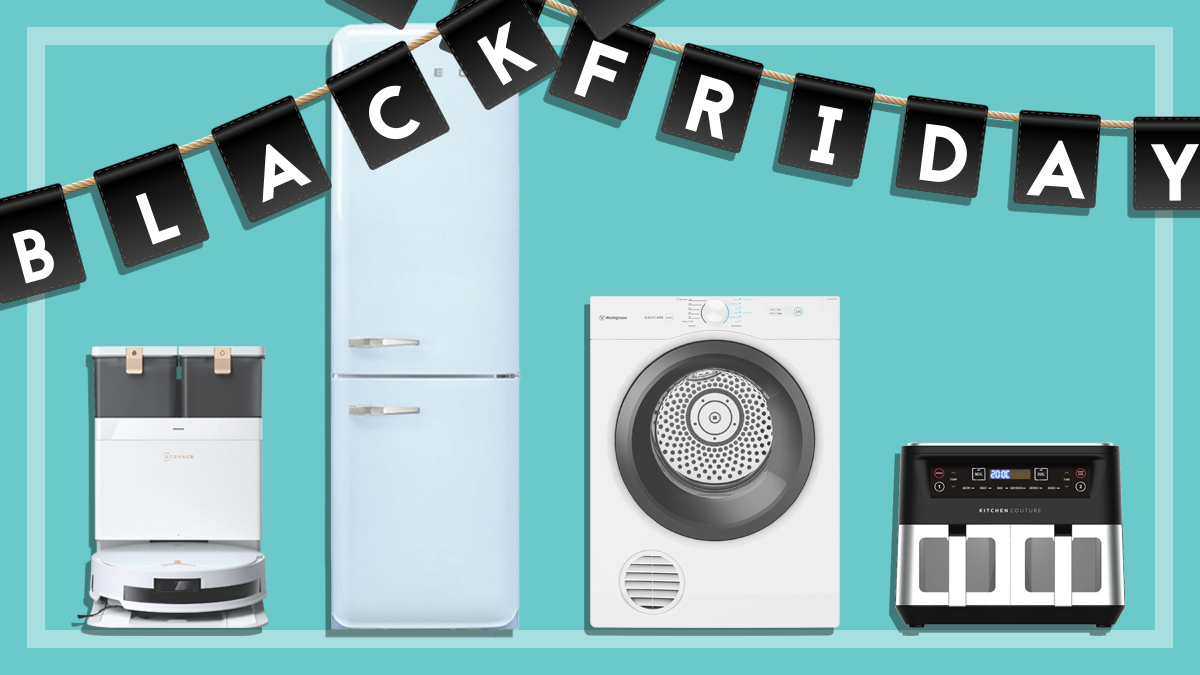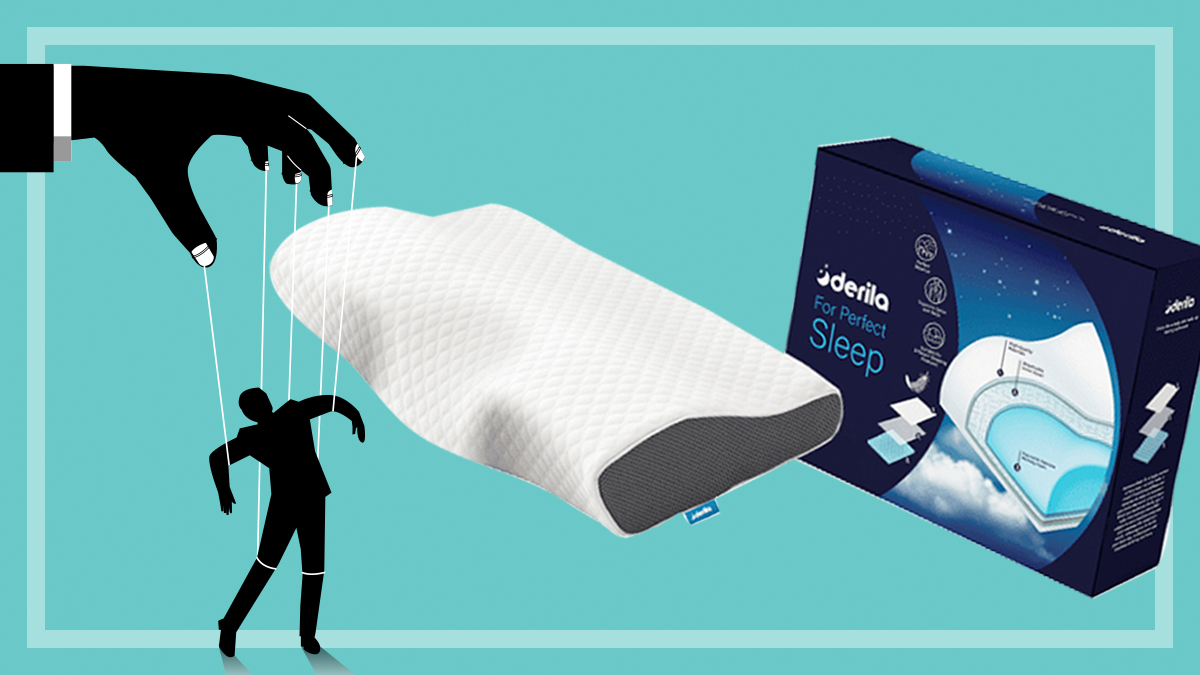Get our independent lab tests, expert reviews and honest advice.
How to spot a fake online review

They say information is power – and that’s never been more true for shoppers researching new products. But while the quantity of information has increased exponentially, the same can’t be said for the quality.
CHOICE Consumer Priority Research has found that 83% of consumers turn to the internet when researching which products to purchase, and nearly 40% read user reviews as part of their research.
Hearing real people’s real experiences can be a useful part of the decision-making process.
But trusting the opinions of strangers on the internet comes with plenty of downsides: you don’t know who’s on the other end of the keyboard, and it’s hard to verify if what they’re saying is genuine or not.
Fake reviews are rife, and businesses are essentially cashing in on the human tendency to seek out opinions before buying.
So what can you do if you want to make sure the intel you’re gathering is legit?
First and foremost, go straight to a quality source you know you can trust
First and foremost, go straight to a quality source you know you can trust. CHOICE has been reviewing products for more than 60 years, and we’ve built our reputation on the strength of our rigorous testing and unbiased reviews. Our tests are completely independent and transparent.
Our reviews are available for members only but you can join CHOICE anytime; funding from our members is what keeps us independent and free of bias.
Secondly, weed out the real reviews from the fake ones so you’re getting authentic insights from real people. Here are the red flags that’ll give away fake reviews.
Red flag 1: OTT or rave reviews
Extra gushy or exaggerated reviews can be a sign that they haven’t been written by real customers. Did that steam mop literally change your life, Janine? Unlikely.
Approach these kinds of reviews with a healthy scepticism. Maybe the steam mop really is that good, or maybe Janine got a kickback from the company for her review.
If it sounds too good to be true, there’s a very good chance that it is.
Red flag 2: Reviews that are light on detail
A product review that doesn’t actually mention the product? That smells like copy and paste at work.
“Amazing product!” and “Will buy again!” may be genuine reviews, but they also don’t give anything away about the reviewer’s experience.
If you’re seeing loads of one-word or generic reviews, it’s likely that they haven’t come from actual customers.
They’re also not going to answer any of your questions about a product; you’re much better off going to a trusted source of information.
There are many ways to measure how good a product is, from features to performance and how easy it is to use. Genuine reviews will likely cover these aspects in detail, giving you a lot of information about the pros and cons of a product to help you make your purchasing decision.
How to spot a fake review
1. Over the top praise
2. Not much detail
3, No negative reviews
4. A recent flurry of reviews
5. Repetitive language
Red flag 3: There are no negative reviews
Not one single reviewer has anything negative to say? Really?
If you’re reading reviews on a business’s own site, be wary of perfect scores: the business may have deleted any negative reviews or doctored unfavourable comments. Glowing reviews might also have been paid for, or created by the business itself to boost its profile.
Nothing in this world is perfect – no matter what the reviews say.
Red flag 4: A flurry of reviews
A sudden spike in positive reviews over a short period of time isn’t always the result of an epic marketing campaign. Sure, it could be that the product has gone viral, but it could also be the work of fake reviewers.
By the same token, outrageously negative reviews could also be fakes: disgruntled ex-employees, competitors, or unhappy customers sometimes take to Google reviews to sledge a business as a means of venting their spleen or gaining the edge over the competition.
Glowing reviews might also have been paid for, or created by the business itself to boost its profile
Whether the reviews are overwhelmingly good or bad, lots of them appearing at once can be a sign that they’re not from genuine customers.
If a review looks a bit suspicious, check the reviewer’s details: have they reviewed an impossibly large number of products? Do all their reviews contain the same phrases? Do they post a number of reviews in a short space of time?
This should help you weed out the real customers from the fakes.
Red flag 5: Repetitive language
Bots aren’t the most creative writers. If a product or business’s reviews all sound suspiciously similar, it could be the work of AI.
Real people writing about real experiences will naturally use different phrases and will highlight different aspects of the product, but bots or paid reviewers are likely to just copy and paste.
If you’re seeing lots of generic superlatives like “amazing”, “perfect” or “excellent”, it might be that the product is great – or it could mean that you’re not hearing from people who’ve actually used the product.





